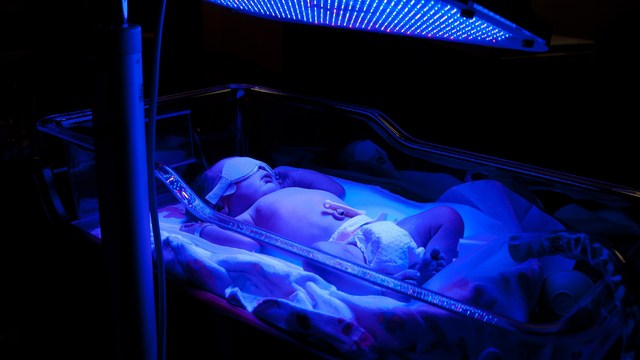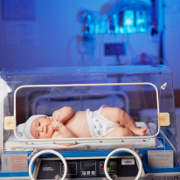Jaundice is a yellow discoloration of the skin, mucous membranes and the whites of the eyes that is caused by increased amounts of bilirubin in the blood. The yellow pigment results from excess bilirubin, a byproduct of old red blood cells. Generally, jaundice is a sign of another, underlying disease process.
Approximately one percent of our red blood cells are replaced by new red blood cells every day. The old cells are processed by the liver and disposed of via bilirubin, which is eliminated through the stool. If there are too many red blood cells retiring for the liver to handle, yellow pigment builds up in the body. Jaundice occurs when there is enough yellow pigment to be visible.
The specific issues that disrupt normal bilirubin metabolism and/or excretion in adults are either: (1) pre-hepatic, (2)
Pre-hepatic jaundice occurs when there is a rapid increase in the breakdown of red blood ...
https://www.empowher.com/jaundice/content/jaundice-overview




Add a CommentComments
There are no comments yet. Be the first one and get the conversation started!